Cancer Cases
CANCER CASES
Cancer incidence refers to the number of new cancer cases diagnosed within a certain year in a specific geographical area. Cancer incidence across Europe has risen by approximately 50% over the past two decades from 2.1 million to 3.1 million cases between 1995 and 2018 in Europe.
There are several factors that help to explain the increase in incidence: population growth, population ageing, exposure to risk factors, improved screening and improved outcomes in other diseases (meaning that more people are reaching an advanced age, leaving them at risk of cancer). The incidence of different cancer types varies widely between different European countries, due to these factors.
A strong driver of the increase in incidence is population ageing, as the risk of cancer increases with age. Projections show that the forecasted development in population ageing, and minor overall population growth, will lead to an additional 775,000 cases by 2040 in the absence of further improvements in cancer prevention and care.
Around 40–45% of all cancer cases are estimated to be preventable. The increasing trend in cancer incidence needs to be addressed through a stronger focus on primary prevention and screening.
For more information on cancer incidence in Europe, you can access the report here.
For cancer-specific incidence click on the cancer-specific icons below.
The number of cancer cases has increased over the past two decades. Variation remains across Europe with Hungary recording over 50% more cancer cases per 100,000 population than Cyprus.
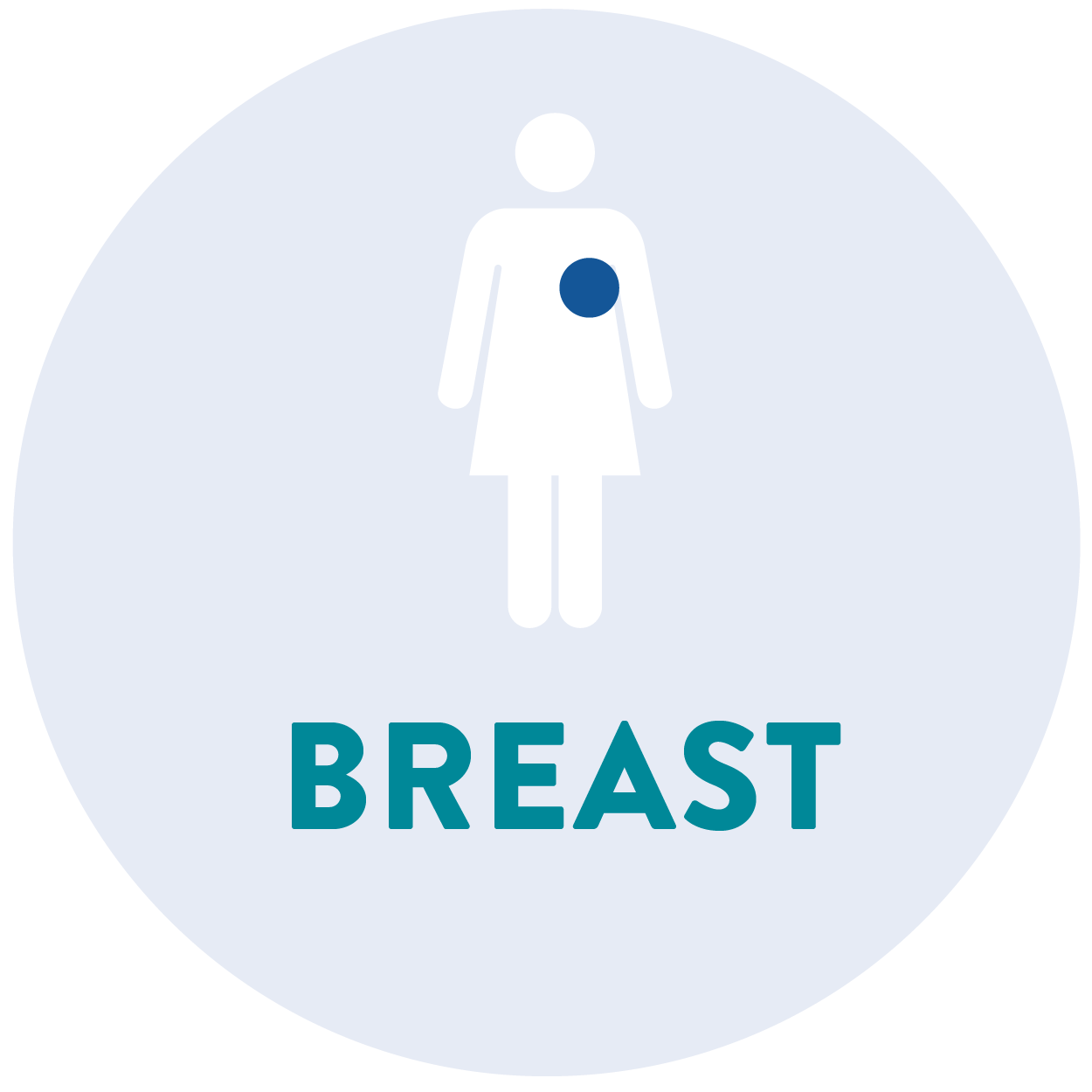

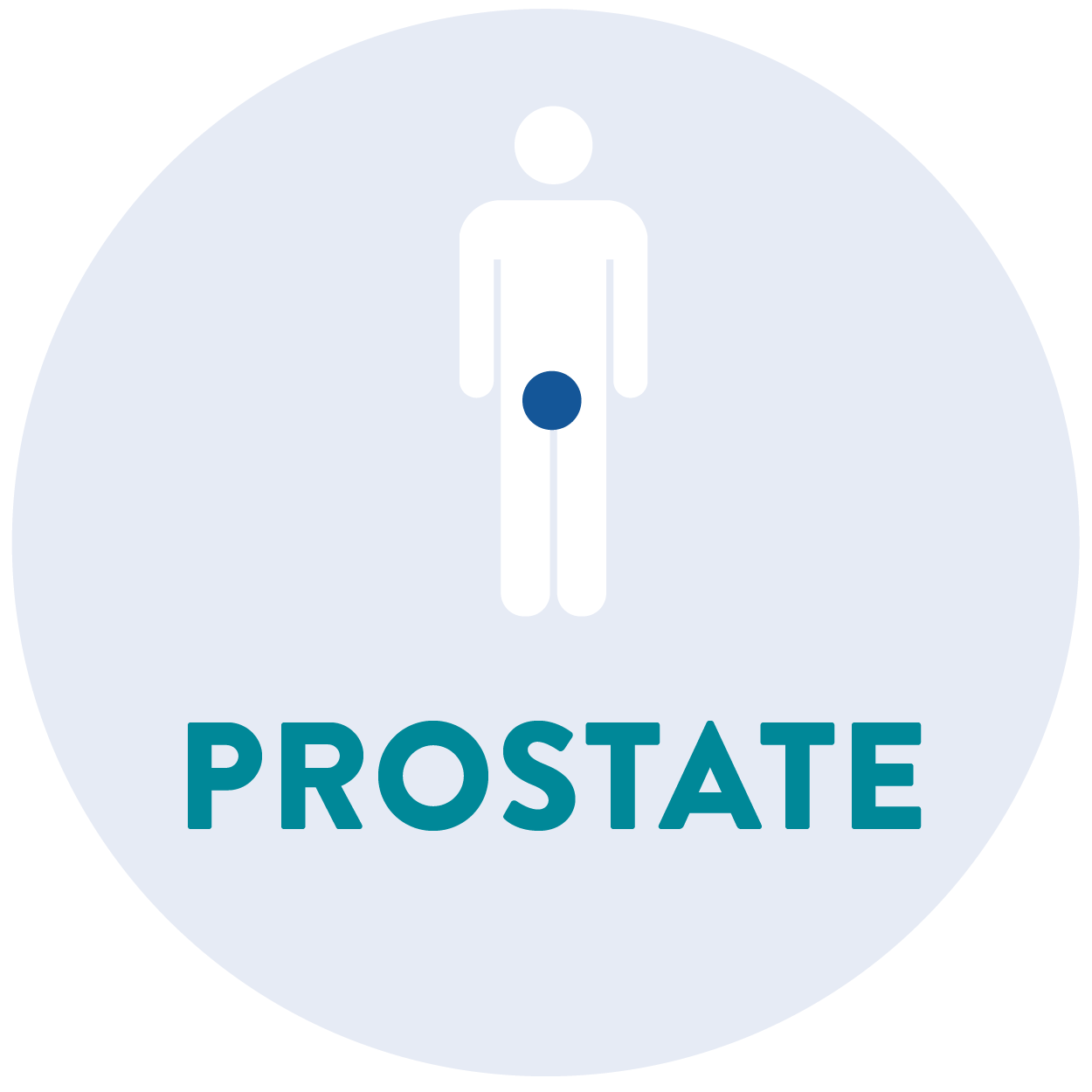
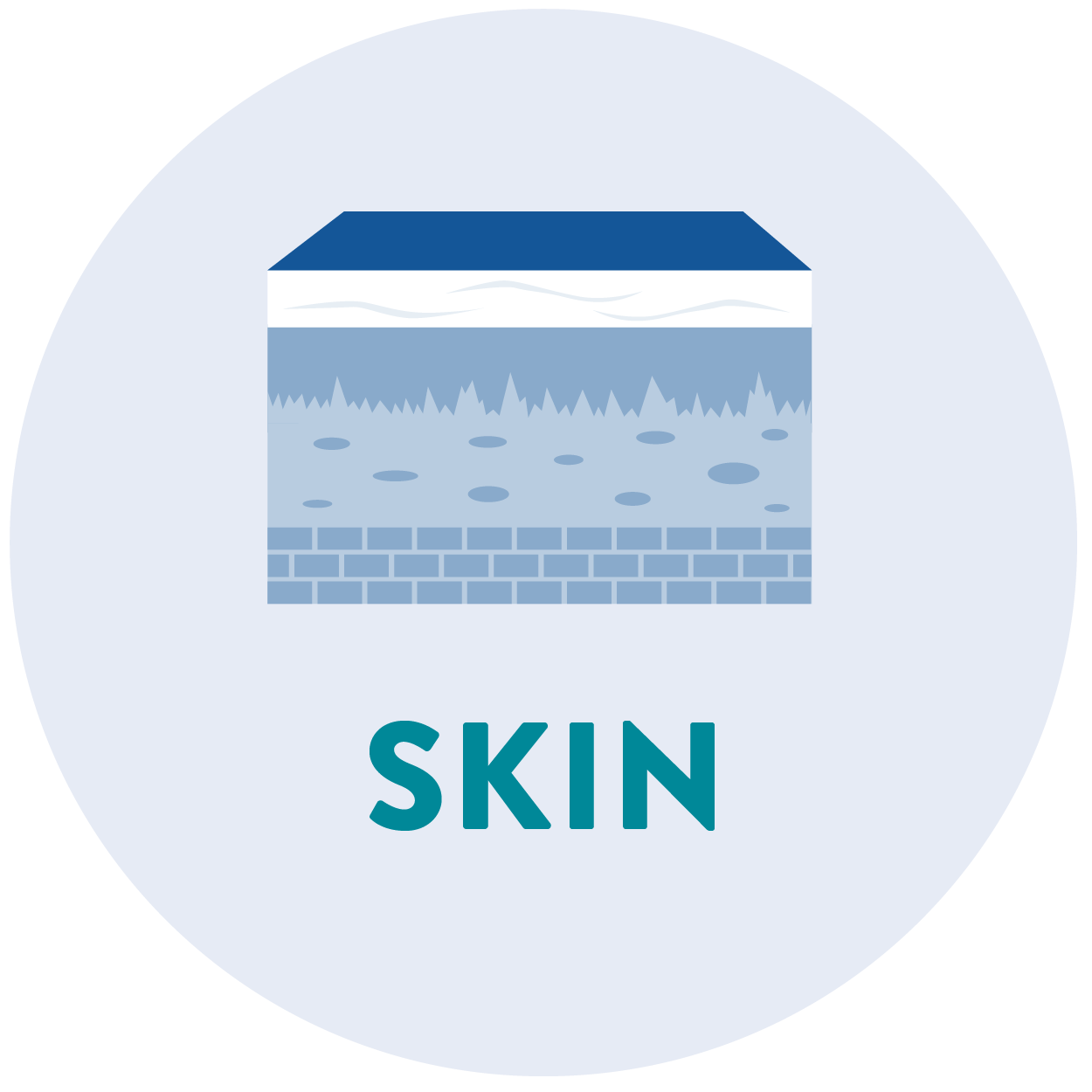
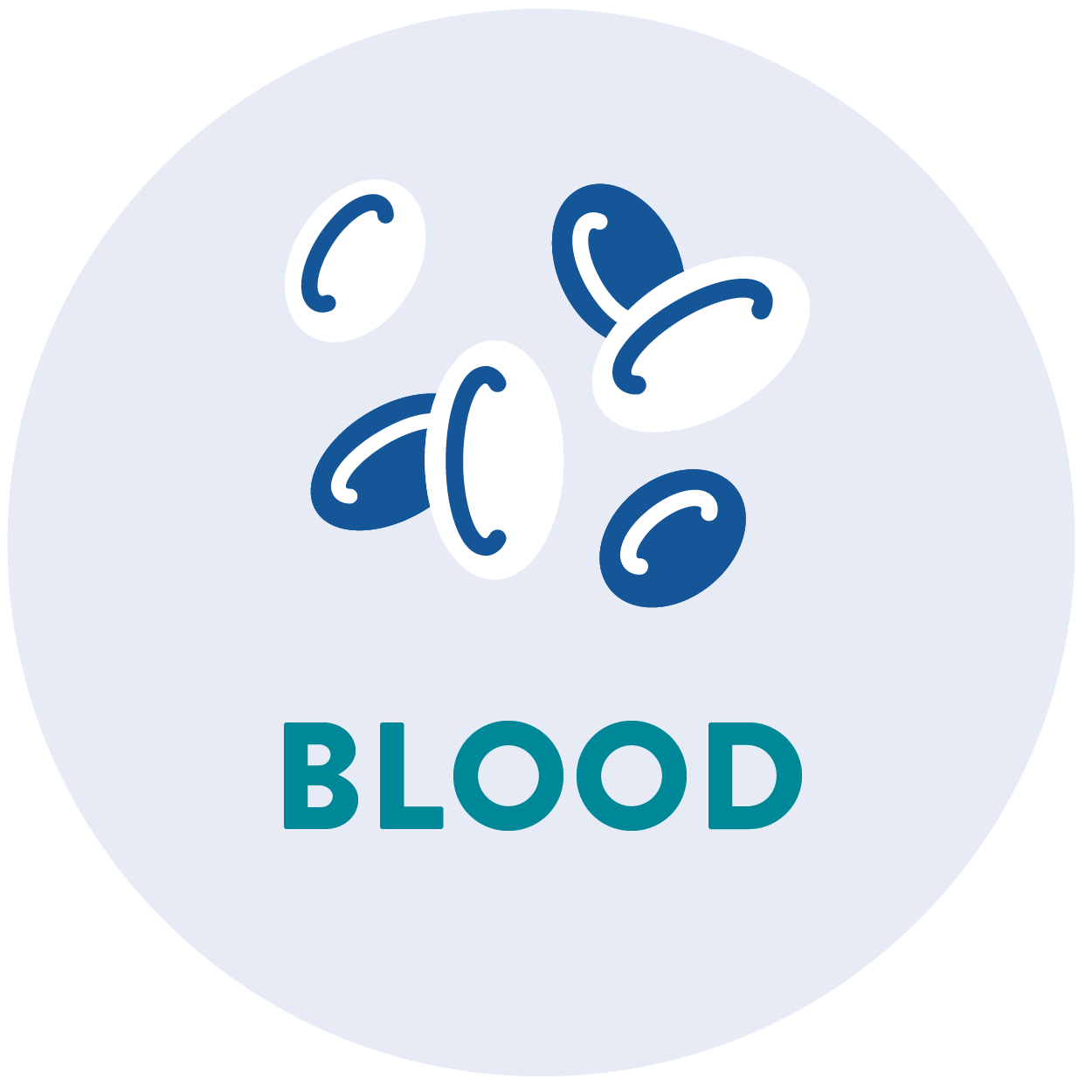


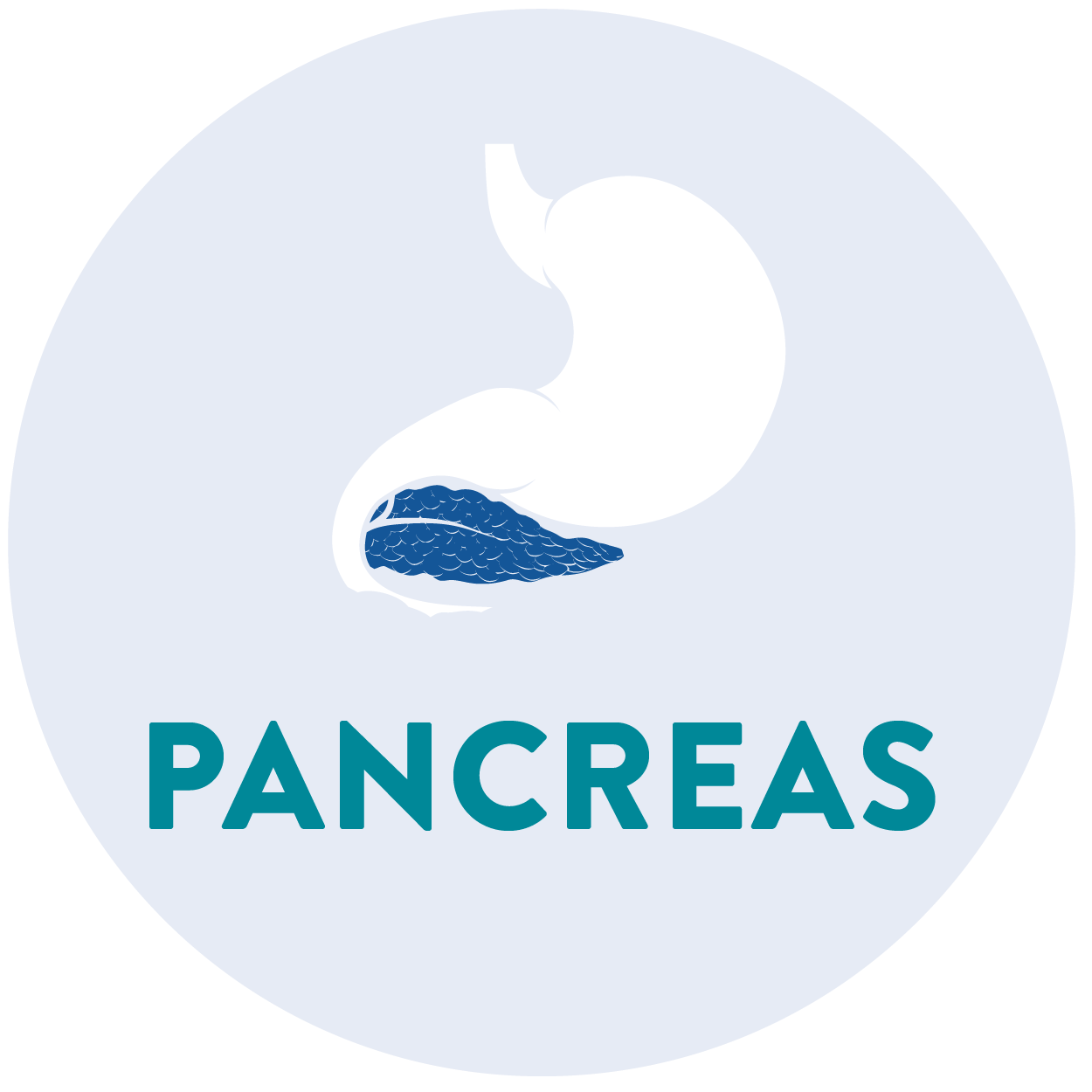
The number of people diagnosed with breast cancer in 2018 ranged from 95.4 cases per 100,000 inhabitants in Romania and 203.7 in Belgium, with the EU28+EFTA average at 155.7.
In 2018, lung cancer incidence ranged from 40.1 cases per 100,000 inhabitants in Sweden to 113.6 in Hungary, with the EU28+EFTA average at 71.1.
In 2018, colon cancer incidence ranged from 111.6 per 100,000 inhabitants in Hungary and 43 in Cyprus, with the EU28+EFTA average at 74.1.
Prostate cancer incidence has doubled since 1995, surpassing both lung and colorectal cancer incidence with 22% of all newly diagnosed cancer cases in 2018 being diagnosed as prostate cancer. However, it is unclear to what extent the significant increase in prostate cancer incidence is driven by detection of latent disease due to the increase in PSA testing.
In 2018, prostate cancer incidence ranged from 63.6 of 100,000 inhabitants in Romania to 211.6 in Sweden, with the EU28+EFTA average at 151.2.
In 2018, melanoma incidence ranged from 5.7 cases per 100,000 inhabitants in Romania to 50.3 in Norway, with the EU28+EFTA average at 24.1.
In 2018, leukaemia incidence ranged from 8 cases per 100,000 inhabitants in Bulgaria to 20.4 in Lithuania, with the EU28+EFTA average at 14.6.
In 2018, multiple myeloma incidence ranged from 2.3 cases per 100,000 inhabitants in Bulgaria to 10.2 in Italy, with the EU28+EFTA average at 8.1.
In 2018, Hodgkin’s lymphoma incidence ranged from 1.3 cases per 100,000 inhabitants in Romania to 6.6 in Greece, with the EU28+EFTA average at 2.7.
In 2018, Non-Hodgkin’s lymphoma incidence ranged from 7.3 cases per 100,000 inhabitants in Romania to 25.8 in Slovenia, with the EU28+EFTA average at 19.1.
In 2018, ovarian cancer incidence ranged from 10.6 cases per 100,000 inhabitants in Portugal to 27.5 in Latvia, with the EU28+EFTA average at 17.1.
In 2018, pancreatic cancer incidence ranged from 9.9 cases per 100,000 in Cyprus to 24.1 in Latvia, with the EU28+EFTA average at 19.5.